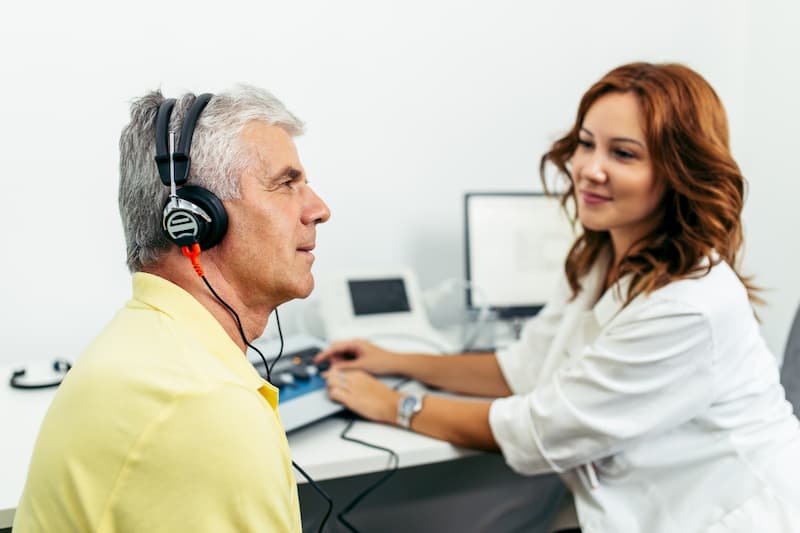Are you concerned about hearing loss or hearing protection? Many hearing aid users become frustrated with the performance of their hearing aids. Complaints of sounds being too loud or distorted and other speech patterns being difficult to hear are common, especially with over the counter hearing aids.
You are probably aware that fingerprints and the iris of the eye are unique from person to person. Ears also vary from one person to another; Real ear measurement results in customized hearing aids that work far better than their over-the-counter counterparts.
What Is a Real Ear Measurement?
Real ear measurement is a process utilized by a professional audiologist in which appropriate amplification requirements are objectively measured for those suffering from hearing loss. The results of this process provide customized, specific data across the full range of frequencies.
This allows for a hearing aid that matches the unique amplification and frequency needs of the client. Algorithms in software programming and over the counter hearing aids lack the specificity required to match the needed amplification exactly. The general subjectivity of client’s auditory perceptions is not fully reliable.
What Are the Benefits of Real Ear Measurement?
Surprisingly, REM has not been fully leveraged within most audiologists’ standard of care. At Memorial Hearing, we perform this service for every patient who may require hearing aids. There are several, tangible benefits to REM. Below are just a few:
- Accuracy of output versus input levels of the tympanic membrane
- Maximizes the benefits of hearing aids
- Provides the exact level of amplification
- Limits sensitivity to some sounds and inability to hear others
- Customizes to your unique need and fit
- Limits the number of unnecessary follow-up adjustments in the future
What Is Involved in the Real Ear Measurement Process?
A speaker is placed in front of the client, and a pre-recorded conversation plays. An acoustically-calibrated probe microphone is then inserted into the ear canal to get a baseline measurement of the client’s hearing.
The audiologist utilizes varying speech samples producing numerous readings, which they then assess and interpret to measure the client’s hearing. The test is then performed again with a set of hearing aids in place, essentially giving a “before and after”.
The audiologist continues to measure until the exact level of frequency and amplification is reached to meet the client’s concise, unique need due to their level of hearing loss. It is run over and over again with the aids in until the target is hit, proving objectively that the aids are performing as they should, based on the patient’s hearing loss.
The procedure generally takes between 5-20 minutes; however, new hearing aid users require at least two visits so that their brains can acclimate to the increased auditory stimuli.
Memorial Hearing Solutions
Memorial Hearing has been in business for over a decade, providing personal, client-focused care. We spend time with each client and provide solutions that work for them.
You no longer have to feel frustrated with the performance of your hearing aids and the impact to your auditory quality of life. Contact us to schedule an appointment to speak with a professional audiologist and determine what solution is best for you.
_______
Image Credit: Getty/ DuxX

